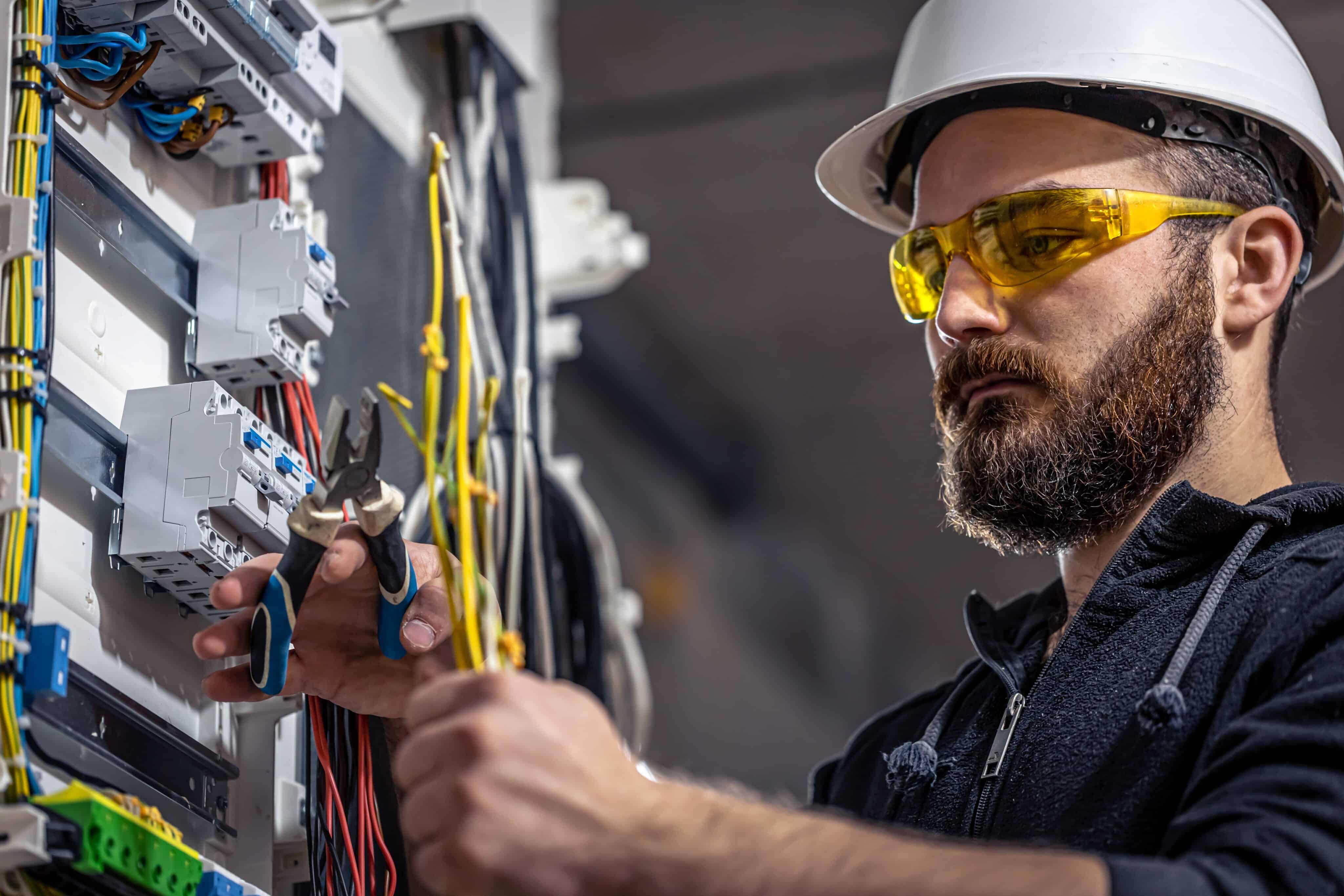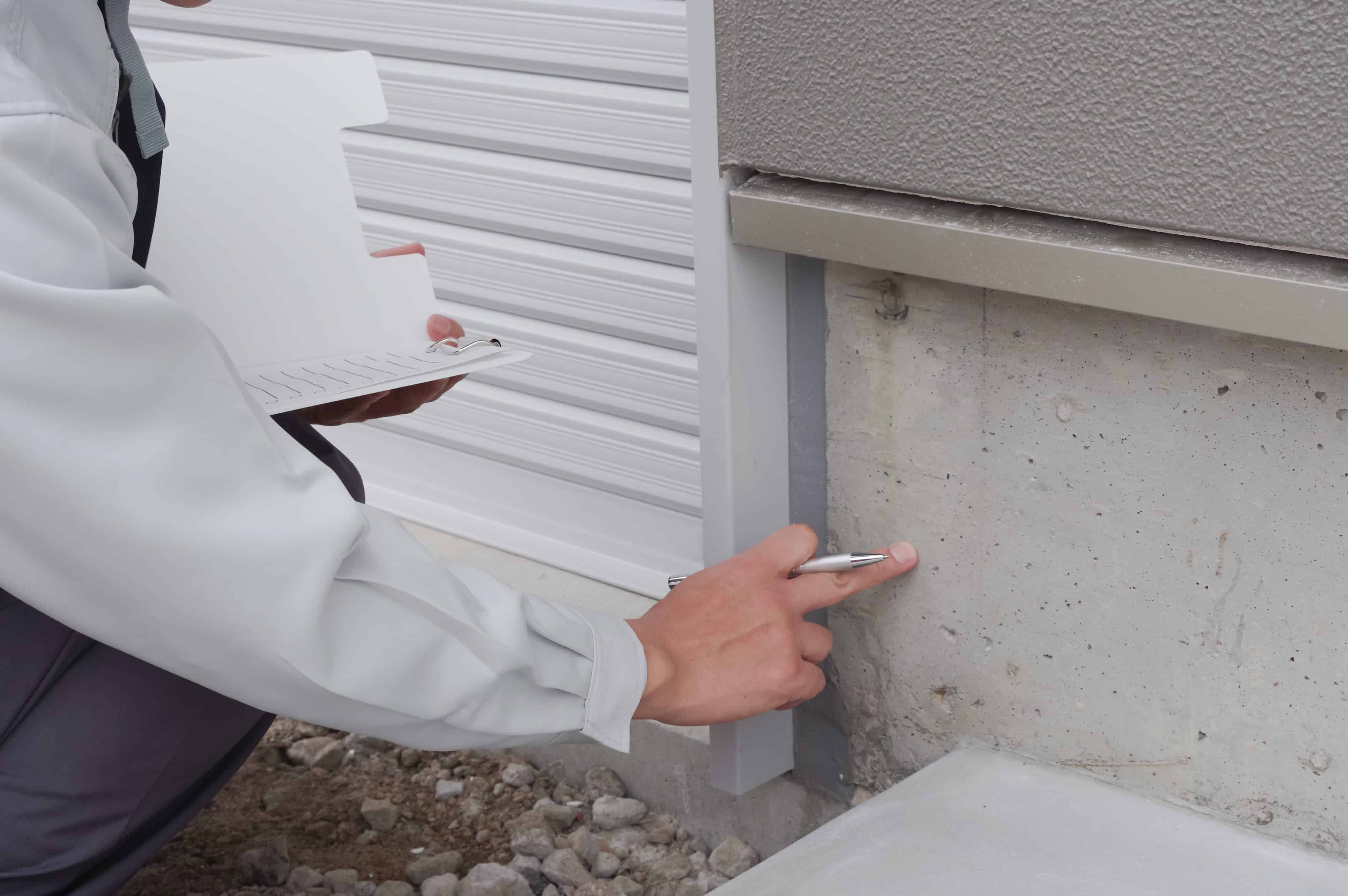There’s a certain satisfaction that comes with tackling home improvement projects yourself, isn’t there? The grit, the determination, the feeling of productivity as you transform your space or fix something that’s broken. It can feel like a genuine act of growth, saving you money and boosting your confidence. But hold your horses, DIY warriors! Not every repair in your castle is fair game for your trusty toolbox.
While the spirit of inspiration is commendable, some tasks come with serious legal implications, often requiring permits or the services of licensed professionals. Trying to skirt these rules isn’t merely about potentially messing up a repair; it could invalidate your insurance, lead to hefty fines, or even compromise the health and safety of your home and family.
Adding Or Converting Rooms

Converting a garage into a living space, finishing a basement, or adding a new room significantly changes your home’s square footage and usage. These projects involve a cascade of potential code requirements for egress, ventilation, plumbing, and electrical systems throughout the U.S. They almost always require permits and professional oversight to ensure safety, health, and compliance.
Major Electrical Work

Modifying your home’s main electrical panel, installing new circuits, or upgrading wiring systems is often strictly regulated across numerous U.S. jurisdictions. This isn’t just about getting a shock; faulty electrical work is a leading cause of house fires. Most areas in the United States require a licensed electrician and a permit for such tasks to ensure safety and adherence to codes. During a typical year, home electrical problems account for 67,800 fires, 485 deaths, and $868 million in property losses.
Gas Line Installation Or Repair

Any work involving natural gas or propane lines is hazardous and almost universally requires a licensed professional throughout the U.S. A tiny leak can lead to a catastrophic explosion or carbon monoxide poisoning, which is a silent killer. This isn’t a DIY challenge; it’s a matter of life and death. Leave this task to certified gas fitters, whose expertise is designed to enhance public health. Almost every municipality in the U.S. requires a gas piping permit before altering, adding, or expanding any gas piping.
Load-Bearing Wall Removal

Thinking of knocking down a wall to create an open-concept home decor? If it’s a load-bearing wall, you’ll need an engineer’s assessment and a licensed contractor in many U.S. localities. Removing one without proper structural support can lead to disastrous consequences, from sagging floors to a complete roof collapse.
Adding A New Bathroom Or Kitchen

A complete bathroom or kitchen tools overhaul that involves moving or adding new plumbing lines, drains, or significant electrical work almost always requires permits and licensed tradespeople in U.S. states and cities. These projects affect critical Lifestyle systems and need to meet strict Health and safety codes. The most severe violation – Class 1 – can carry a $25,000 fine, additional penalties, and accrued interest.
Roof Replacement

While minor shingle repairs may be DIY-friendly, a complete roof replacement is typically a job for licensed professionals, requiring permits in most areas of the U.S. It’s daunting work that involves significant safety risks and must meet specific building materials and structural codes to ensure robust protection against the elements. A poorly installed roof can lead to leaks, mold, and structural damage, directly impacting your Home Improvement.
HVAC System Installation/Major Repair

Installing a new furnace, air conditioner, or making significant repairs to your HVAC system often requires specialized certifications and permits in most states across the United States. Improper installation of the HVAC system can lead to inefficient heating and cooling, fire hazards, or carbon monoxide leaks. This is a complex home improvement that underpins your home’s comfort and air health, so leave it to the pros.
Water Heater Installation

While replacing a water heater may seem straightforward, it involves connections to both the water supply and, often, a gas line or high-voltage electricity. Incorrect installation can lead to gas leaks, electrocution, or water damage. Many areas in the U.S. require a permit and the services of a licensed plumber or HVAC technician for proper installation and operation. This kitchen tool-sized appliance is crucial for healthy living, so it pays to have it done correctly.
Window Replacement (Structural)

Replacing a window of the same size and type is often a DIY-friendly project. However, if you’re changing the size, shape, or location of a window, it can affect the structural integrity of your home, potentially requiring adjustments to the framing or header. These changes typically require a building permit and often professional framing work in various U.S. states.
Septic System Installation Or Repair

Any work on a septic system, including new installations, repairs, or replacements, is highly regulated in the U.S. due to health and environmental concerns. Improper work can lead to groundwater contamination and significant biohazards. You’ll need permits and a specialized contractor for these vital Home Improvement projects. This isn’t a productivity hack; it’s a critical environmental safeguard. Approximately 25% of U.S. households rely on septic systems, which necessitate regular and careful maintenance.
Foundation Repairs

Cracks in your foundation can be scary, and while minor crack sealing might be DIY, any significant structural foundation repair is strictly regulated in many U.S. localities. This work requires specialized knowledge to address the underlying issues and ensure your home’s stability. Permits and structural engineers are typically mandatory to prevent further damage and to underpin the entire structure.
Relocating Plumbing Drains

While minor faucet replacements may be DIY, moving or adding new drain lines for sinks, toilets, or showers is a job best left to a licensed plumber. Drain lines require specific slopes and venting to function correctly and prevent sewer gas from entering your home. Improperly installed drains can lead to clogs, leaks, and serious problems.
Disclaimer – This list is solely the author’s opinion based on research and publicly available information. It is not intended to be professional advice.
How Total Beginners Are Building Wealth Fast in 2025—No Experience Needed

How Total Beginners Are Building Wealth Fast in 2025
I used to think investing was something you did after you were already rich. Like, you needed $10,000 in a suit pocket and a guy named Chad at some fancy firm who knew how to “diversify your portfolio.” Meanwhile, I was just trying to figure out how to stretch $43 to payday.
But a lot has changed. And fast. In 2025, building wealth doesn’t require a finance degree—or even a lot of money. The tools are simpler. The entry points are lower. And believe it or not, total beginners are stacking wins just by starting small and staying consistent.
Click here and let’s break down how.
5 Easy Steps to Change Any Habit

5 Easy Steps to Change Any Habit
We all click on them with the hope that just THIS time the secret to changing a bad habit or adopting a healthy one will be revealed and we’ll finally be able to stick to that diet, stop that one or ten things that might in the moment make us feel temporarily good but really just make us fat, unhealthy, sad, mad or just frustrated with ourselves.





